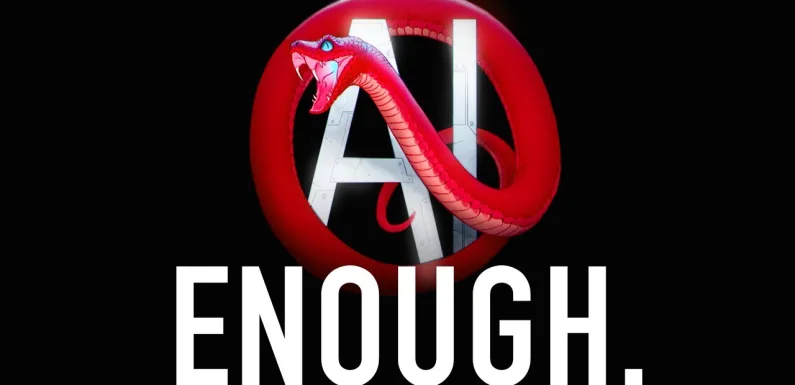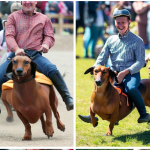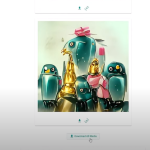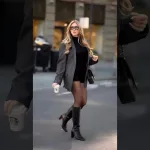
Art theft has long been a concern in the world of visual arts, but in recent years, a new form of theft has emerged⁚ AI art stealing from artists.
This controversial topic has sparked debates and legal battles as artists struggle to protect their work from being manipulated and reproduced by artificial intelligence.
The rise of AI-generated art has brought both awe and apprehension. On one hand, there is admiration for the capabilities of AI in creating stunning and innovative artwork.
On the other hand, there are growing concerns about ownership, originality, and the potential loss of livelihood for artists.
One of the main issues is the use of AI-generated art that appropriates the style and techniques of established artists.
AI companies often sell these artworks under the names of renowned artists, leading to confusion and frustration for both the artists and the art-buying public. This raises questions about the ethics of using AI to replicate and profit from the work of human artists.
Moreover, there have been instances where AI tools have been used to replace experienced artists in studios, leading to fears that AI will replace human creativity altogether. This has sparked a heated debate about the future of artistic expression and the role of AI in the art world.
Several legal cases have arisen in response to these concerns. Artists have filed lawsuits against AI companies and platforms, alleging copyright infringement and unauthorized use of their work.
These cases highlight the need for clearer regulations and guidelines regarding the use of AI in the creation and distribution of art.
While some argue that AI has the potential to democratize art by providing tools and opportunities for artists, others worry that it may devalue and undermine the human creative process.
The debate surrounding AI art stealing from artists is a complex and multifaceted issue that touches on questions of intellectual property, artistic integrity, and the future of art itself.
As the art world grapples with these challenges, there have been efforts to develop tools and technologies to protect artists from AI art theft.
Cloaking technologies, such as Glaze, aim to introduce subtle changes to images to prevent AI algorithms from reproducing them. However, the effectiveness and implementation of these tools remain to be seen;
Ultimately, the issue of AI art stealing from artists raises fundamental questions about the nature of creativity, authenticity, and the value we place on human artistic expression.
As AI continues to evolve and become more integrated into our lives, it is crucial that we find a balance between embracing technological advancements and preserving the unique contributions of human artists.




